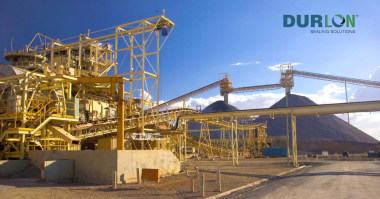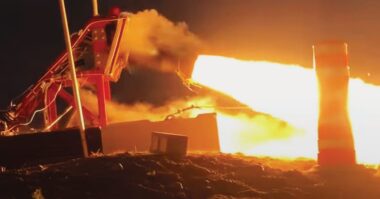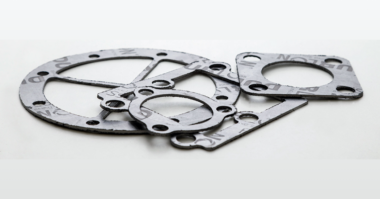Mill Test Reports encapsulate the pivotal stages in a metal product’s journey, tracing its path from the steel mill where the metal was melted to the distributor who received the metal from the mill. Mill Test Report (MTR) – also referred to as a Mill Certificate, Material Test Report, Metallurgical Test Report, Certificate of Inspection or Certificate of Test – is a quality assurance document used in the metals industry that certifies a material’s chemical and physical properties. An MTR shows a metal product’s (steel, aluminum, brass, or other alloys) compliance with international standards. e.g., ANSI, ASME, etc. Below, we will have a closer look at MTRs in the gasket industry.
What’s Included in an MTR
In the gasket world, there are products that are either made entirely from metals (Ring Type Joint gaskets) or consist of several metallic components (Spiral Wound Gaskets, Kammprofiles Gaskets, etc.). Either way, an MTR can be produced. A gasket MTR may include some, or all the following information:
Product Description
Gives the customer an overview on a product’s type, style, configuration, etc. Here is a product description example in a spiral wound gasket MTR:
SS316 Spiral Graphite Filled Gasket with Carbon Steel Outer Ring SS316L Inner Ring as per ASME B16.20
Additional information on product’s grade, temper, thickness, dimensions, surface finish, etc. may also be included.
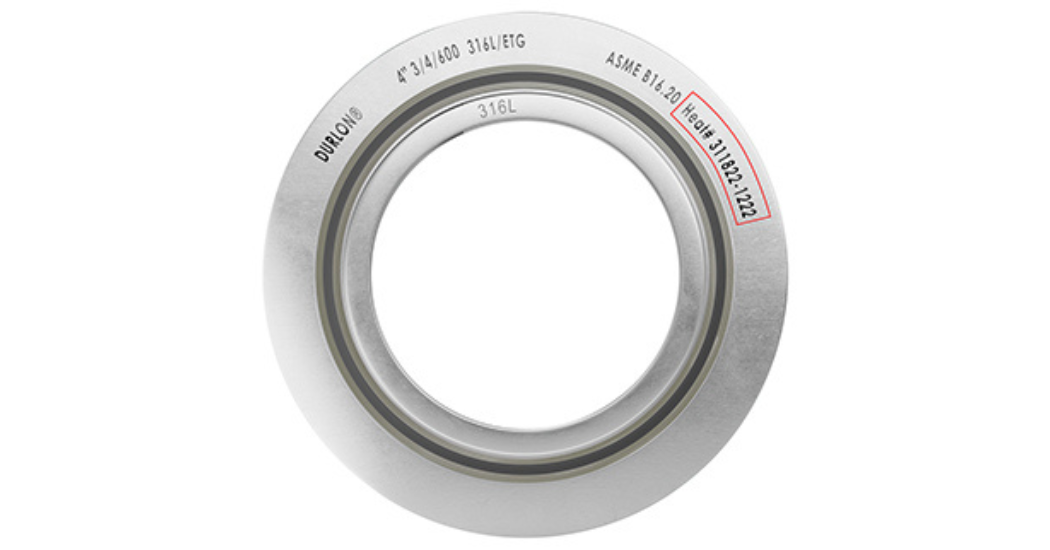 Material Heat Number
Material Heat Number
Signifies the batch in which a piece of metal originated. It provides traceability and verifies quality. The heat number is marked on all Durlon’s metallic and semi-metallic gaskets before they leave the manufacturing facility. For products consisting of multiple metal components such as spiral wound gaskets, the heat number for each component is specified.
Physical/Mechanical Properties
Lays out the strength, hardness, ductility, and elasticity of a metal product. In the context of gaskets, the physical and mechanical properties of each metallic and non-metallic (filler) component is specified separately in the gasket MTR.
Chemical Analysis
Provides a chemical breakdown on the material. The chemical makeup of the metal may vary depending on what alloy the gasket is made of, therefore a chemical analysis for each metallic and non-metallic (filler) component is included in the gasket MTR.
Type of Specifications Met
Lists all the certifications and specific standards that the product complies with.
Country of Origin
Specifies the country where the raw material was melted and manufactured.
Additional Details
Any additional specifications or extra information relevant to a customer’s order will be on the MTR.
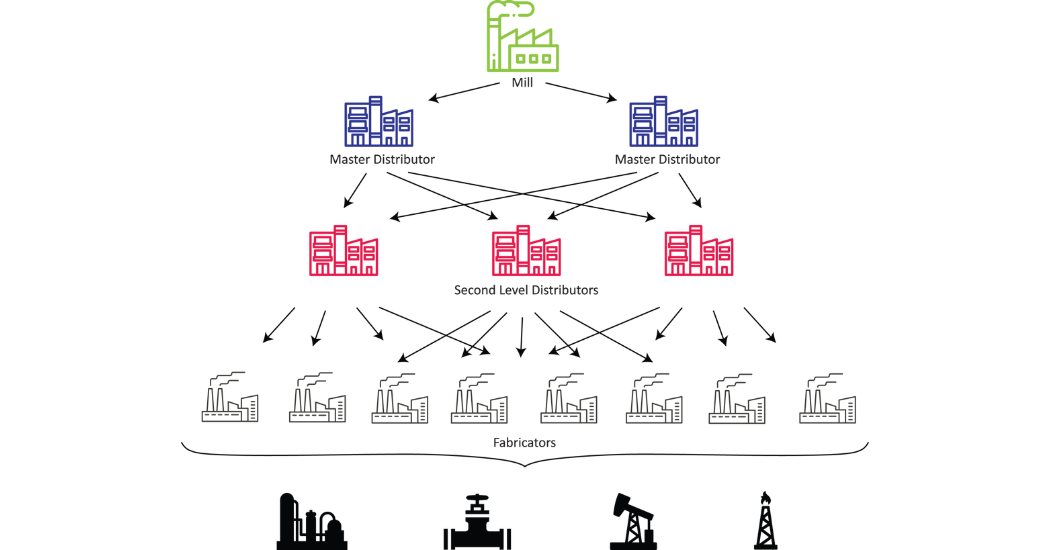 How To Approach MTRs The Right Way
How To Approach MTRs The Right Way
Handling MTRs properly is an important part of quality management systems. The chart below is a simple depiction of the complex and overlapping distribution system within the metals industry. Creation, distribution, receipt, and storage of MTRs is a time consuming and expensive process. Retaining hard copies of Quality Assurance documents for all products can result in a multitude of copies of the same document in a variety of different filing cabinets and document management systems. At Triangle Fluid Controls Ltd.® we use MetalTrace®, a software specifically created to handle MTRs and is widely used in the metals industry. It enables us to quickly and easily create and manage MTRs for gaskets, making digital copies easily available to our distribution channel via the MetalTrace® portal.
Why MTRs are Important?
MTRs provide traceability and assurance to the end user by stating the quality of the material, and the process used in its production. They create a system of checks and balances, which is critical for products such as metallic or semi-metallic gaskets to meet international standards and comply with industry regulations. Part-marking traceability provides a documented trail of each product, its history, components, quality, and safety which ensures transparency and accountability through the supply chain.


